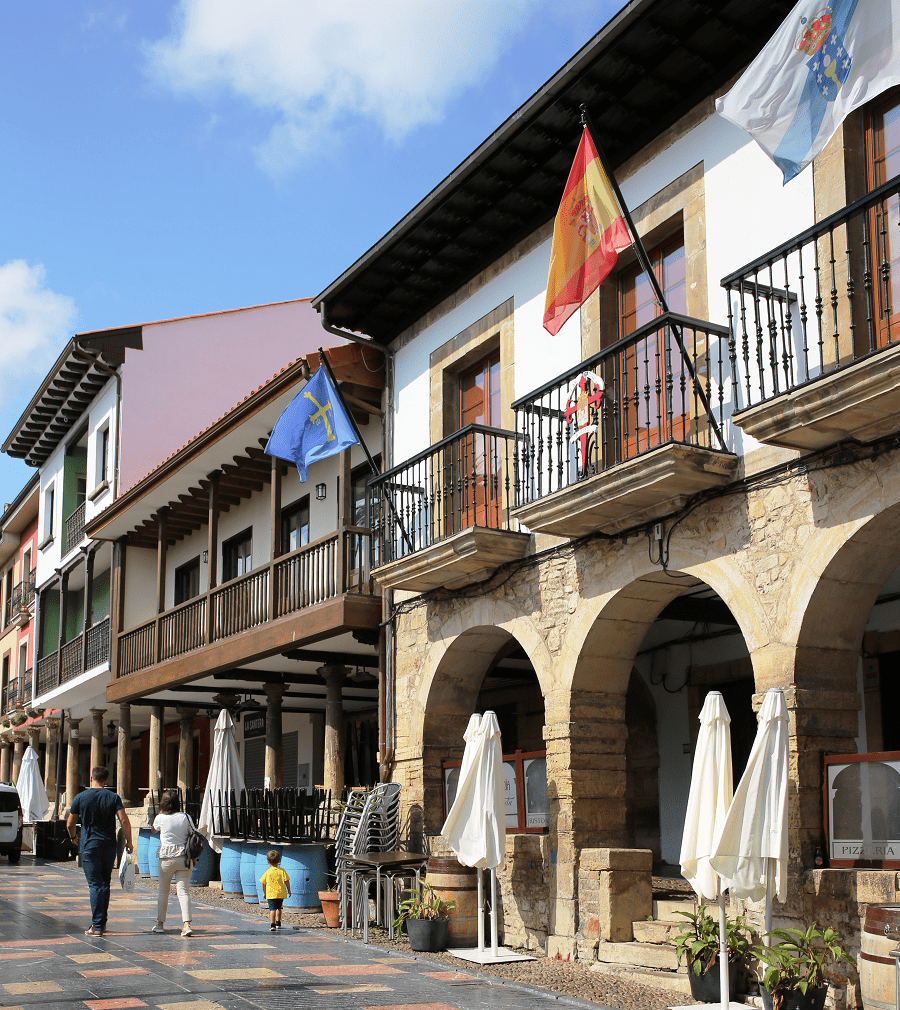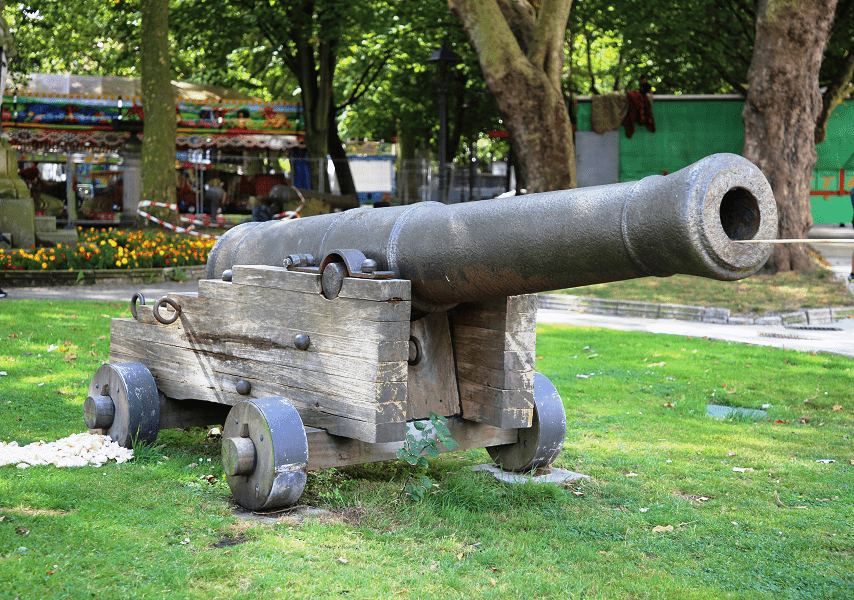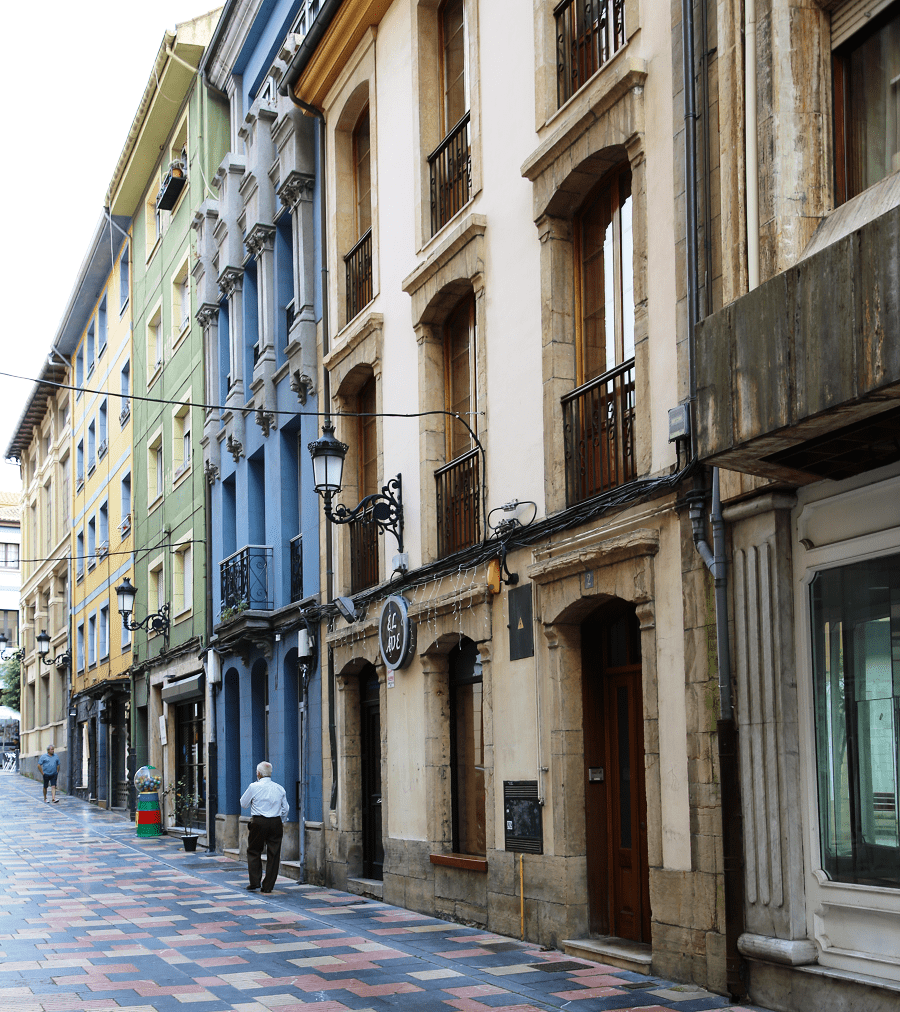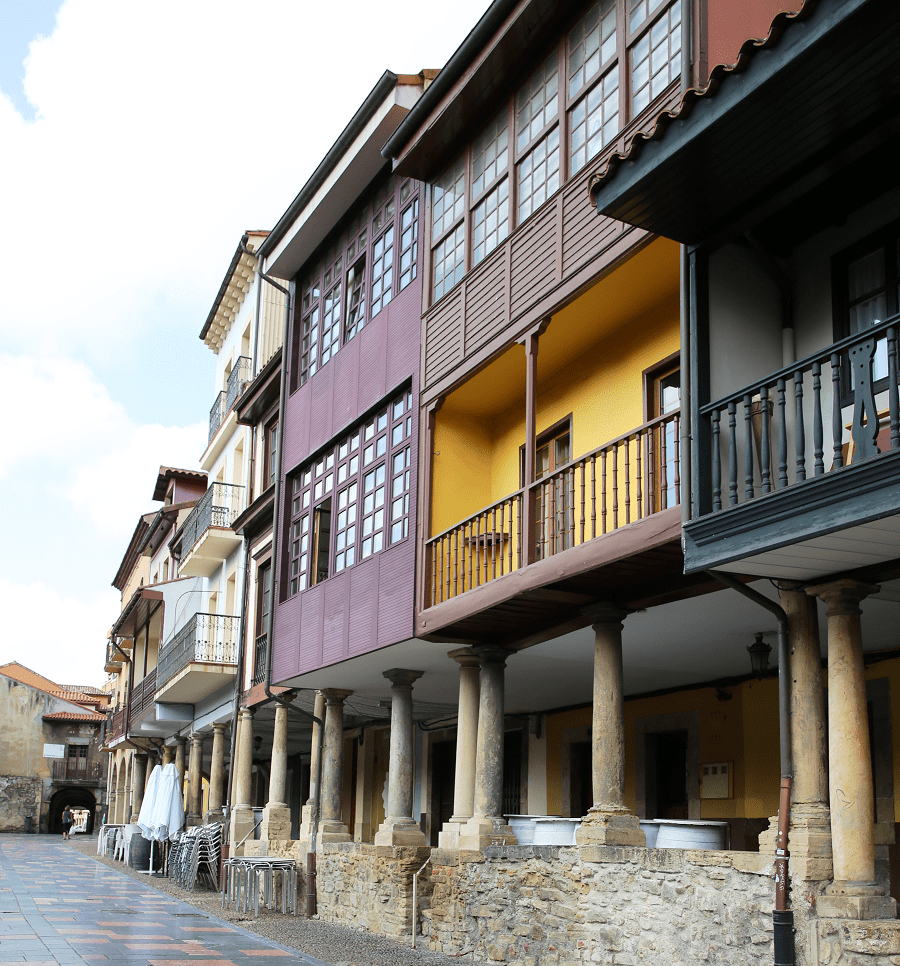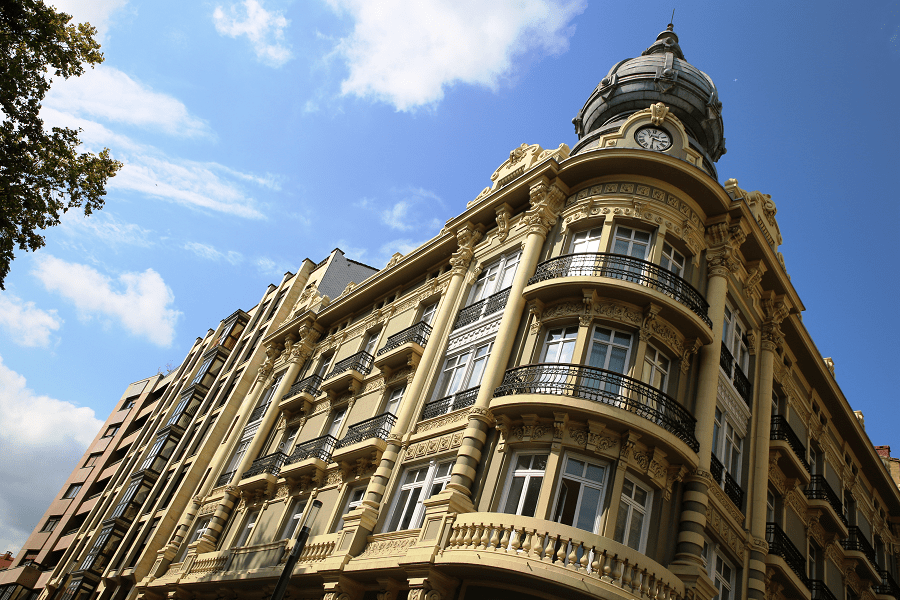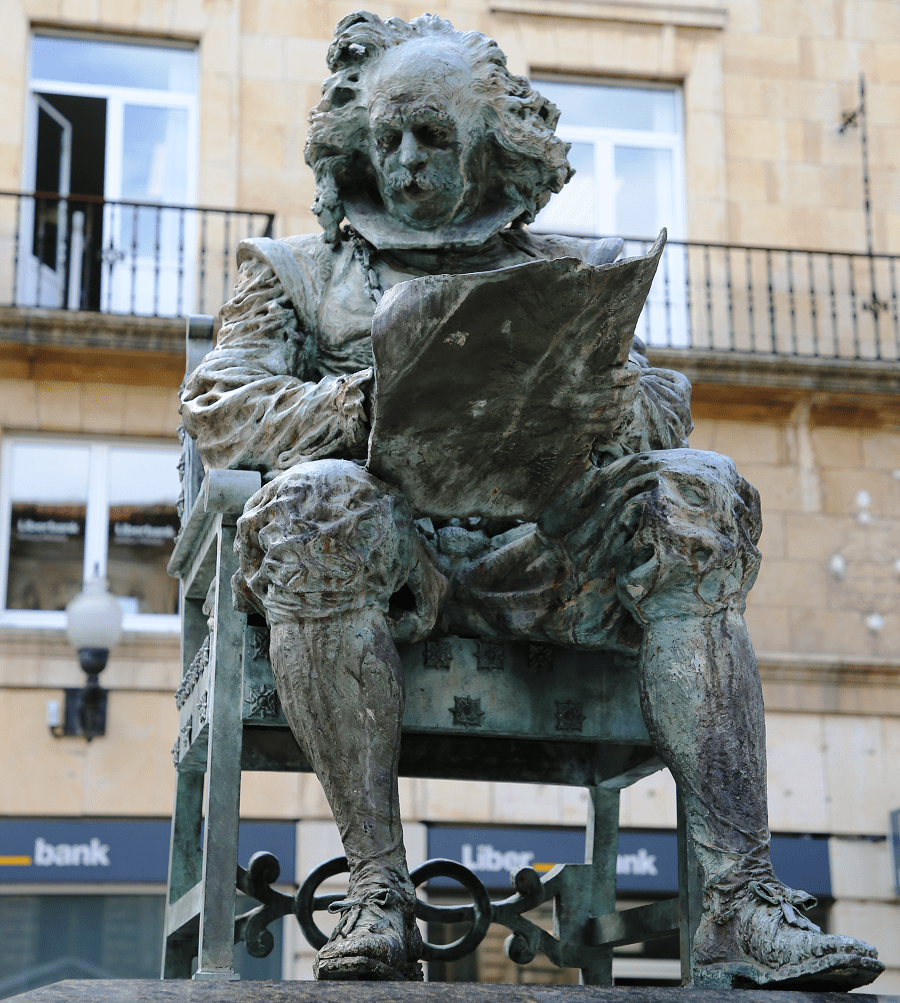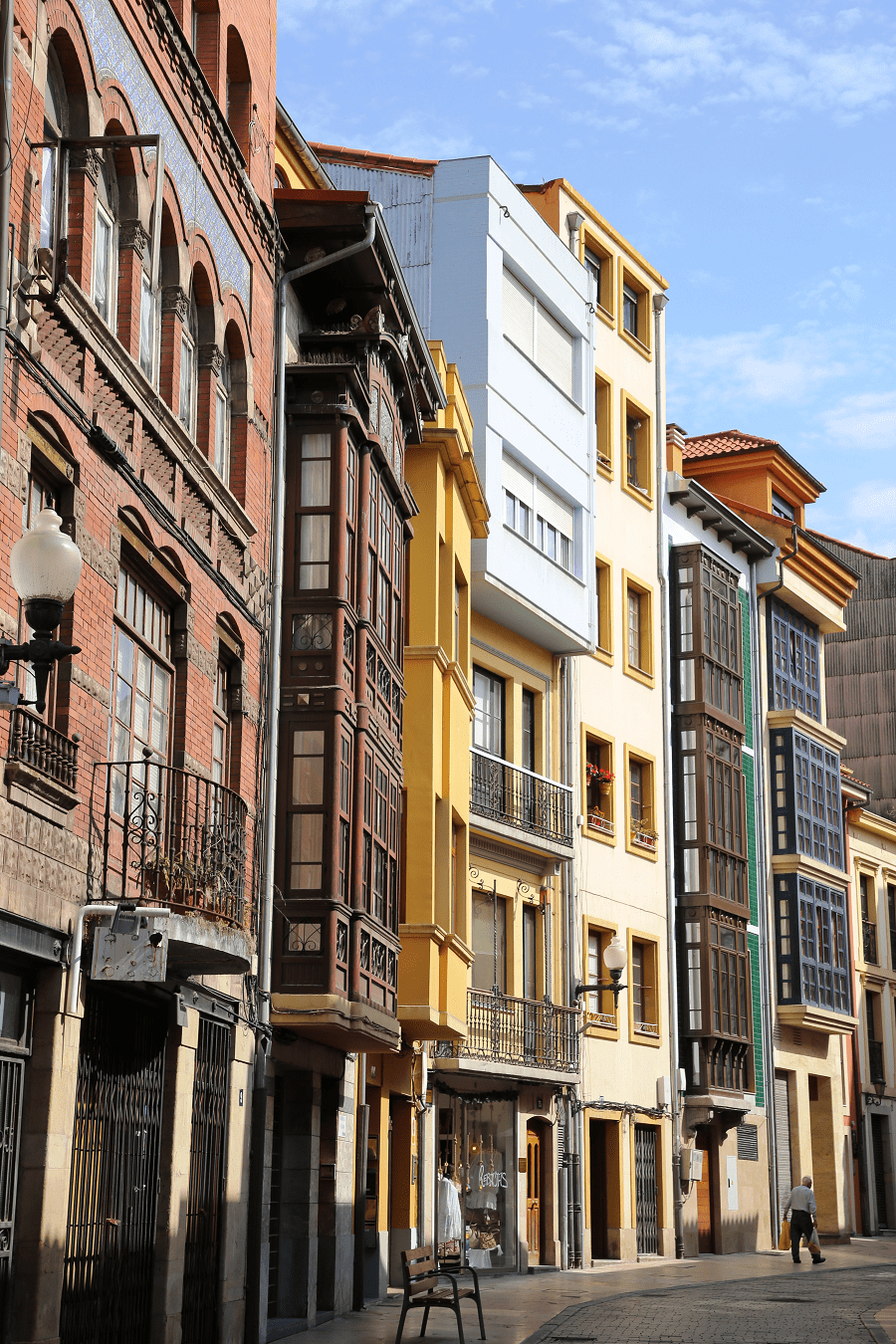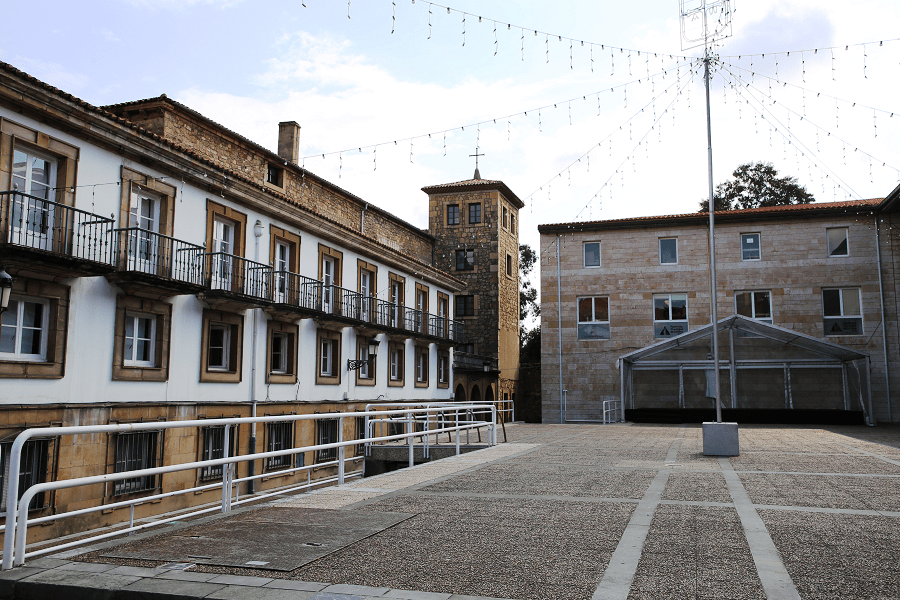Avilés is a city and a municipality in Asturias, Spain. Avilés is with Oviedo and Gijón, one of the main cities in the Principality of Asturias.
The Way of St. James named The Northern Way passes Avilés.
The city is a popular part of the Costa Verde of the Atlantic resorts of Spain.
It preserves a historical-artistic complex made up of several palaces, noble houses, churches, squares, streets and large parks, along with a cultural heritage in which the Museum of Urban History and the Niemeyer Center stand out.
Main attractions
The old town of Avilés has been considered since 1955, due to its interest and good state of preservation, a Site of Cultural Interest (BIC) as a Historic-Artistic Site.
Its palaces, temples and civil buildings stand out along with other urban elements such as Rivero and Galiana streets, which were the first to cross the medieval walls in the direction of Oviedo and Grado respectively.
Romanesque is present in several important buildings, among which the old parish church of San Nicolás de Bari (today San Antonio de Padua) stands out, built between the 12th and 13th centuries, preserving its main portal and some identifiable primitive capitals.
This temple underwent profound modifications that have distorted the original work.
As a jewel of the Asturian proto-Gothic we can find the Chapel of the Wings, a funerary building from the fourteenth century.
The old Sabugo church, built during the 13th century, is another of the characteristic buildings of medieval Avilés.
The only witness to medieval civil architecture is the Palacio de Valdecarzana, which has a characteristic façade of commercial activity with large pointed arches facing the street and double-shaped windows on the first floor.
Exponents of the Baroque in the town are the Ferrera Palace built in the seventeenth century, where the square tower and its main façade with lintelled balconies and the coat of arms of the marquisate stand out; and the Llano Ponte Palace, which maintains a harmony on its façade with the City Hall, being erected by the Indian from Avilés Rodrigo García-Pumarino.
Other notable buildings are the City Hall building, from the 17th century, which continues in its construction with Herrerian references; the Church of Santo Tomás de Canterbury (new in Sabugo), of neo-Gothic style and designed by Luis Bellido; the neo-baroque building of the Palacio Valdés Theater; the School of Trades and the Gran Hotel, both works by Armando Fernández.
Sumptuous Indian residences, the result of the overseas triumph, stand out in the nucleus of Villalegre from the 19th century.
This entire neighborhood appears hidden in the urban development of the sixties.
Since its opening in 2011, the Niemeyer Center has been one of the most striking elements of the city in terms of architecture, being the work of the Brazilian architect Oscar Niemeyer.
Museums
The Museum of Avilés Urban History (Museo de la Historia Urbana de Avilés in Spanish), is located in the medieval center. The museum follows the history of Avilés with the estuary as its main element. The museum occupies three floors. The third floor is the starting point.
Four big areas explore the history of the town, using interactive resources, original objects and replicas.
Black Pottery Museum is an ethnographic museum located in a parish house, the valuable and ancient black pottery samples were recovered and collected by the priest José Manuel Feito. It is the only open museum in Aviles as the Alfercam Museum, the city’s first, closed in 2008.
Alfercam Museum is a music and automobile museum in Avilés, Asturias, Spain. Its name is a combination of the owners’ names: Alfredo and Fernando Campelo. Established 15 December 2006, it was Aviles’ first museum and was open Wednesday through Sunday. It closed temporally 19 November 2008 due to financial losses. Later it was open again. One of the exhibit halls showcases approximately 400 ethnic musical instruments while the second contains 30 classic cars.
Festivals
In recent years, the city has become a cultural nucleus where cinema, music, literature and traditional culture have gained strength through a series of festivals, more than a dozen, among which it is worth highlighting:
- Rock in Town Festival
- Avilés Action Film Festival
- LGBTIQ Film Festival – Asturias
- Celtic Sun Festival
- Interceltic Festival of Avilés
- Celsius 232 Festival
- La Grapa Black Music Festival
- IndieGo Alley Festival
- International Folk Festival
- Music Festival
- Beer Festival
Best restaurants
There is one Michelin list restaurant in the city:
El Café de Pandora, San Bernardo 6, 25 – 90 EUR • Traditional Cuisine
How to get to?
From Oviedo 34 min (34.3 km) via A-66
From Madrid 4 hr 51 min (480 km) via A-6
Main information
Area: 26 km² (municipality)
Coordinates: 43°33′22″N 5°55′20″W
Population: 76 874
Languages: Spanish, Asturian
Currency: Euro
Visa: Schengen
Time: Central European UTC +1
See here best sea and ocean resorts of France and Spain (223 objects)





